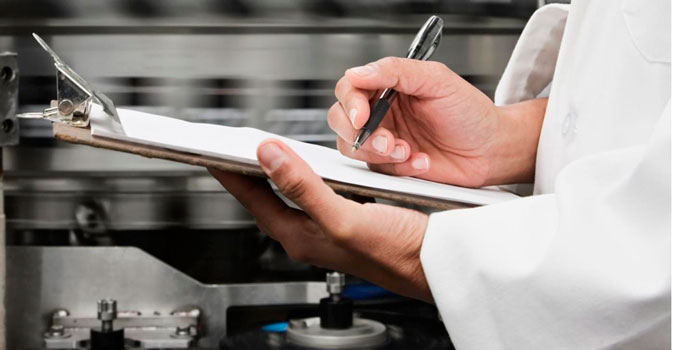In a globalized and competitive market, know about the quality control process It is essential because it helps you as a company or business to differentiate yourself in the quality of your product over your competition. If you want to know exactly what the process and tools are to control the quality of a product, keep reading.
Quality control process and its functions
The quality control process needs the following functions to be applied:
- During the production line, it requires from its beginning to the end tests that demonstrate that the product has quality standards, since as production progresses, possible problems are controlled and can be solved before it reaches customers.
- It requires the archive of historical results, as they allow it to be determined if the quality of the product is maintained or decreased. Then the tests that are carried out during the process can be reduced if the quality of the product could be maintained or, on the contrary, when detecting a decrease in quality, the tests should be increased to be able to correct the problems that arise.
- It requires reference information from an audit in order to make a comparison of the results obtained to know if the quality tools used are satisfactory or need to be modified.
- Anyway, there are quality standards, every company must comply with them such as ISO certification and quality standard. Regarding ISO standards, they are established by the International Organization for Standardization. They are standards that relate to management tools and systems that are applied in organizations.
Their objective is to benefit companies thanks to elements that allow the highest level of quality and in this way satisfy the needs of customers as well as reduce costs and thus allow companies to obtain greater profitability with a higher level of productivity.
Quality control process
To satisfy the wishes of your customers you must carry out a good quality control process with the efforts of all your business staff:
- You need all company managers including human resources to be informed about what the customer expects from the finished product.
- To do this, you must be aware of studying the market and especially your consumers, because you must know what they expect from your product and how you will satisfy their expectations.
- You must determine the system that you will use to evaluate the quality of the product.
- You must choose the manager who will be in charge of quality control, who will be able to carry out the process in an effective way, as it can be a group of people, a special department within your company that is committed and is passionate about doing it in the right way and effective your work.
- Make an initial diagnosis of the product to know its quality from interviews or surveys.
- Write a quality manual for the decisions you made to meet your product quality assessment commitments.
- Write a procedure manual, since you have already made the decision to evaluate the product, then now you will establish the way in which those decisions can be carried out.
- Take care of the quality records. The quality records will be carried out by synthesizing the records of the various sectors of the production process that carried out the final diagnosis.
- Carry out audits. Periodic and regular audits help you to obtain a diagnosis on the failures that your company is having regarding the quality of your product and from this you will be able to apply the solutions that merit to improve the quality that your client is looking for.
Quality control tools
Among the tools of the quality control process are:
- The verification sheet is the control sheet where the data of the brands that are associated with production events are recorded in a simple way to avoid interference with the person who is in charge of the registration.
- The cause-effect diagram or Ishikawa diagram. It is a diaphragm that from a graph represents in a simple way the problems and possible solutions of the quality of the processes, the products and ultimately provides an analysis of the production cycle.
- The control chart is the representation with a chart that allows the evolutionary control of the production process that will be basic for making subsequent decisions.
- The histogram is another graphical representation with variables with bars. The area of each one is shown proportionally to the frequency of the values they represent.
It has a vertical axis representative of the frequencies and another horizontal axis that shows the values of the variables, which allows a comparison of the results of the production process.
- The 80-20 curve or Pareto chart is a graphical representation that shows the organization of the data in a descending way with a separation of bars that in turn shows the order of priorities and even indicates the problems that are not very important by comparing them with the problems that have implications for the quality of production. To the left of the graph the vital few are placed and to the right of the graph the trivial many are placed.
- The scatter chart or scatter diagram is a mathematical representation with Cartesian coordinates that shows a set of data with its values and two variables.
With a set of points the data is shown, each of the points will be the value of a variable that indicates the position of the horizontal axis and the position of the vertical axis indicates the value of the other variable.
- Stratification or stratified sampling is a statistical tool that is responsible for classifying elements to be analyzed and then determining the causes of their behavior.

